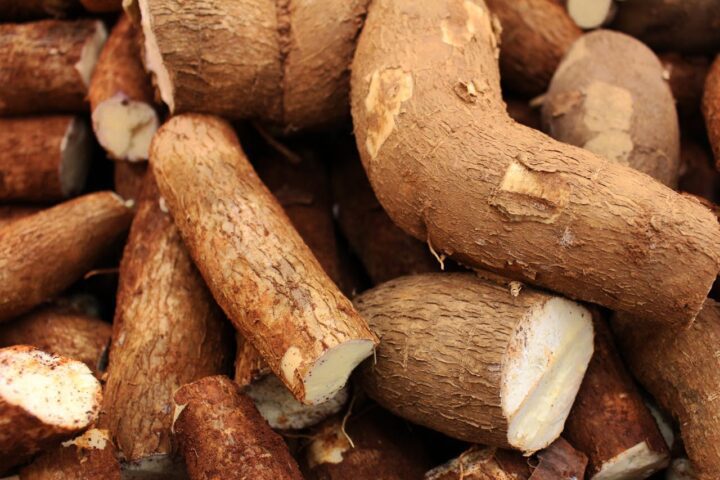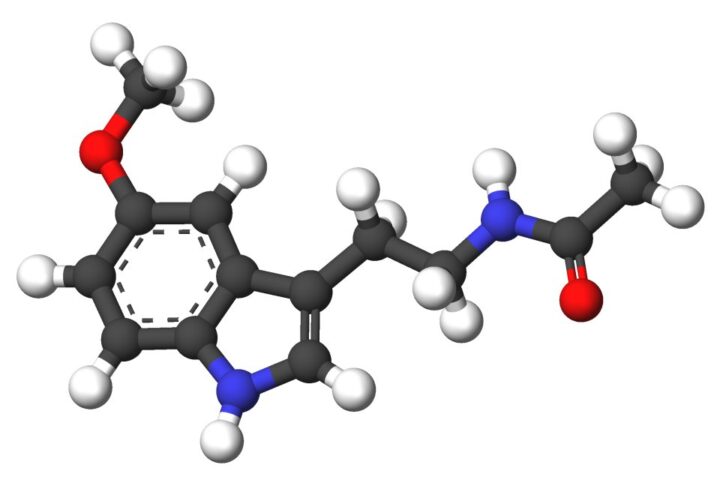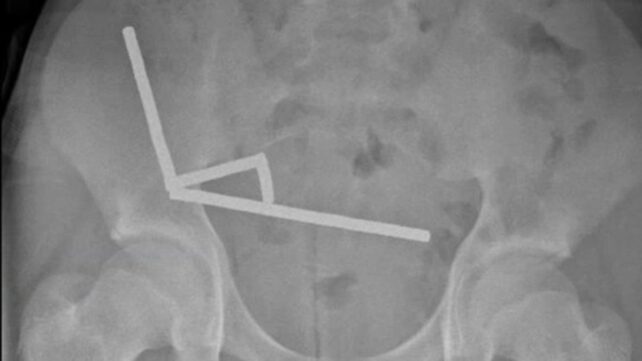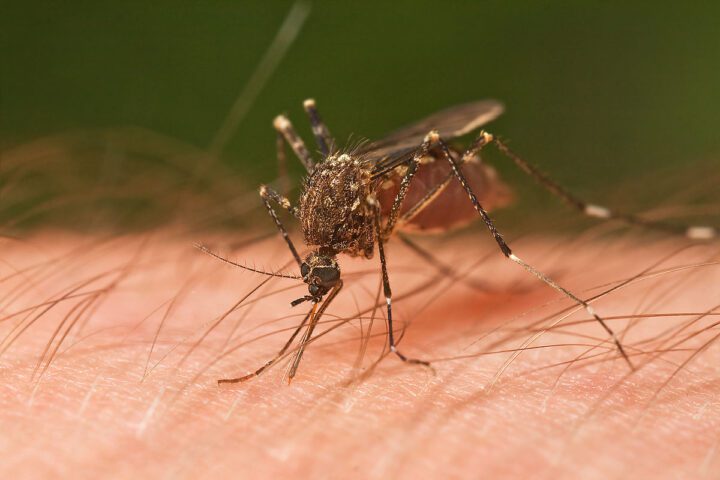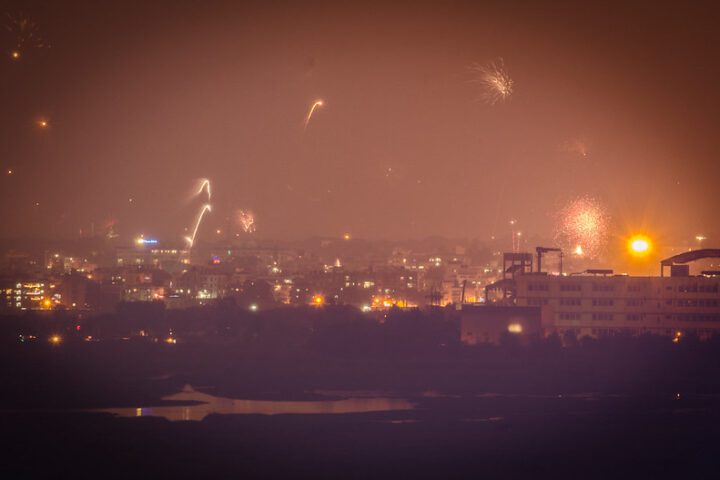Delhi Air Quality Hits Severe: GRAP-III Measures Invoked Across NCR
Air Quality Index breaches 400 across multiple monitoring stations, triggering emergency restrictions on construction, vehicles, and schools in National Capital Region
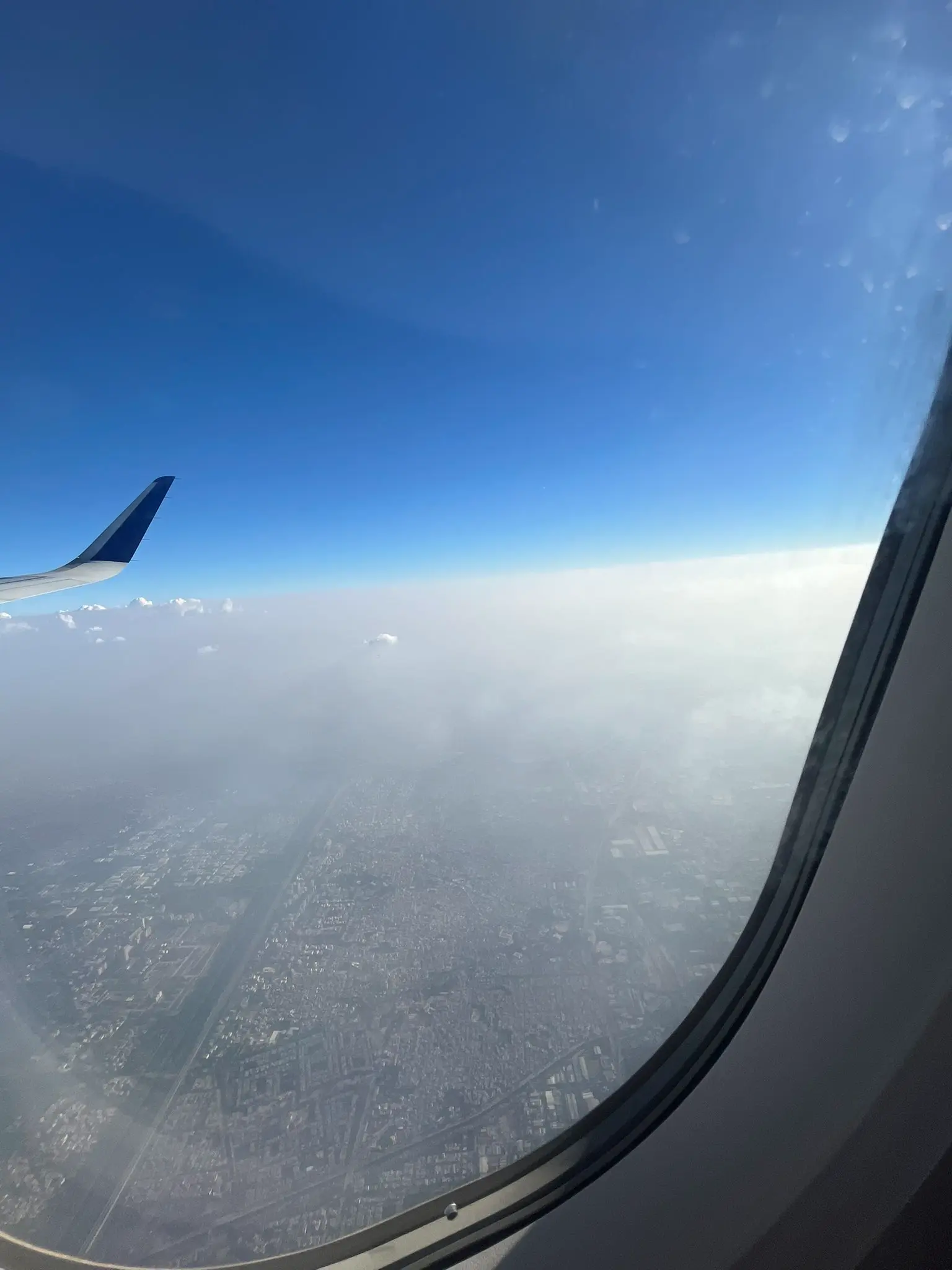
Delhi’s festive season—usually a time of lights, sweets, and joy—is now marked by thick smog and hazardous air pollution. The Air Quality Index (AQI) surged past 400 on November 12, 2025, invoking the strict Stage III emergency measures in Delhi and NCR. According to Central Pollution Control Board (CPCB) station bulletins for November 12, 2025, Wazirpur recorded an AQI in the high-450s while NSIT Dwarka was around the low-200s on official station lists, reflecting stark spatial inequalities across the city.
Policy responses include bans on construction, restrictions on older vehicles, and the shift of classes up to grade 5 to a hybrid mode as detailed in CAQM Orders. The enforcement of GRAP Stage III entails a prohibition on construction and demolition activities across Delhi-NCR, as well as a ban on the plying of BS-III petrol and BS-IV diesel four-wheelers in Delhi, Gurugram, Faridabad, Ghaziabad, and Gautam Budh Nagar.
For coverage on health impacts and previous air crises, see: Lung cancer rates and pollution, Flight disruptions and PM2.5 hazards.
Why November Brings a Crisis
Calm weather, stagnant winds, and the onset of winter trap suspended particles over Delhi according to IMD press releases and bulletins from November 10-12, 2025. Official counts show stubble-fire incidents in Punjab and Haryana fell year-on-year: Punjab recorded approximately 4,062 fires versus 6,266 in the previous year, while Haryana reported 333 versus 959. Despite this decline, AQI deteriorated—indicating contributions from local sources including traffic, construction, dust, and meteorology.
A March 2025 study by Das, Shukla, et al. examined anthropogenic emissions and air pollution dynamics in Delhi-NCR, finding that reductions in emissions led to significant decreases in PM2.5 but had marginal effect on ozone levels. For background on yearly cycles and why Delhi struggles: India’s global air quality ranking.
Live AQI Monitoring: Delhi-NCR Hotspots
Health and Human Impact
Studies and WHO-level reviews show PM2.5 exposure is linked to cardiovascular, respiratory and neurological effects, and emerging research points to pathways by which ultrafine particles may affect the placenta and central nervous system. Delhi’s severe AQI not only poses chronic risks but sharply increases respiratory distress and hospital admissions for all, not just those with underlying conditions. According to IQAir Delhi monitoring data, a severe AQI category affects healthy people and seriously impacts those with existing diseases as per CPCB’s own health advisory.
Dr. Arvind Kumar of Medanta has warned in recent interviews and statements that in extremely polluted cities it is increasingly difficult to claim a ‘safe’ exposure—he has said in earlier interviews that “there is no true non-smoker” in such environments. For further guidance and practical tips, see: How to create a clean-air room, Stubble burning alternatives.
Citizen Response and the Apathy Challenge
The recent protest at India Gate united citizens demanding clean air; a rare demonstration in the capital where police detained dozens, including mothers and children, according to Reuters, AP and other primary international agencies. Civic frustration builds on years of reactive policies and a population now forced to adapt or suffer.
Read more on environmental justice: Socio-economic disparities in air pollution exposure.
Current Status
The situation in Delhi is characterized by severe and persistent air pollution, with emergency policy frameworks invoked as AQI breaches hazardous levels. Data from CPCB, CAQM, and official health authorities confirm the widespread impact—both immediate and chronic. Restrictions are in effect, and new protests signal deep societal concern. The implementation follows orders issued by respective State governments, with existing restrictions under Stage I and Stage II of GRAP also remaining in effect. For in-depth context and ongoing updates: NASA Satellite Images.




